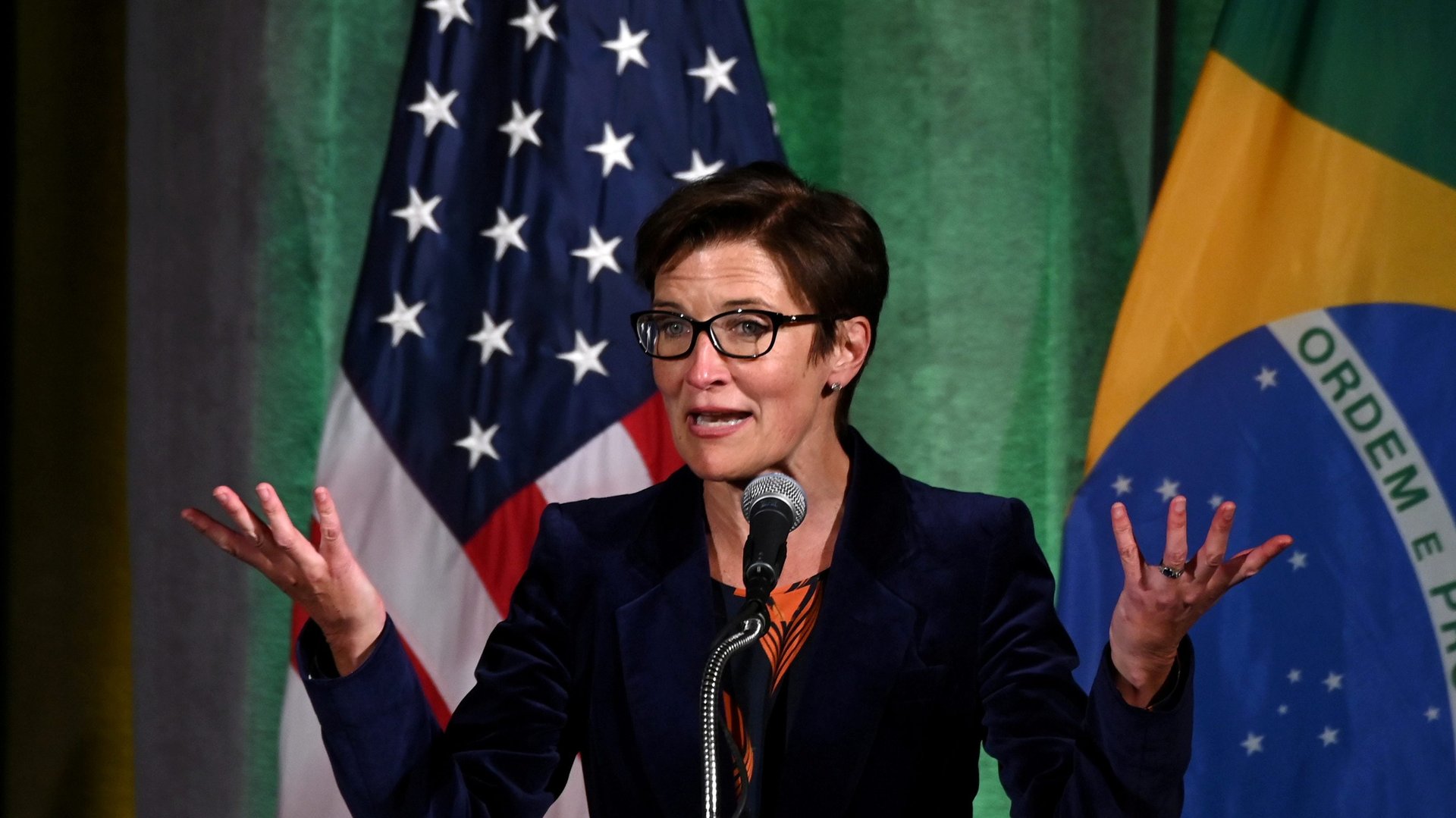Citi CEO Jane Fraser’s biggest challenge, in one chart
Citigroup named Jane Fraser to take over as CEO, making her the first woman to run a US mega bank. She’s takes over from Michael Corbat, a Citi lifer who was credited with steadying the institution after the 2008 financial crisis.


Citigroup named Jane Fraser to take over as CEO, making her the first woman to run a US mega bank. She’s takes over from Michael Corbat, a Citi lifer who was credited with steadying the institution after the 2008 financial crisis.
Corbat, 60, held the top job for eight years, and managed to streamline the company and stabilize profitability. Still, under Corbat, the bank’s stock price lagged those of its big rivals on Wall Street. Citi shares gained about 40% during his tenure, compared with 138% for JPMorgan and 171% for Bank of America.
In 2018, Citi was targeted by ValueAct, an activist hedge fund that has pushed for shakeups at other companies. Corbat will retire in February.
One major difference between Citi and other big-league banks is the relatively small size of its branch footprint and deposit base, which gives its main rivals an advantage when it comes to their cost of funding. Citi has about 2,300 Citibank branches and $1.2 trillion of deposits, compared with JPMorgan Chase’s nearly 5,000 branches and $1.9 trillion of deposits. Despite the growing popularity of digital banking apps, physical branches remain a key way to rake in deposits.
Fraser, who is currently CEO of Citi’s global consumer banking business and was widely seen as the likely successor to Corbat, started her career at Goldman Sachs and was a partner at McKinsey before joining Citi in 2004. “We will invest in our infrastructure, risk management and controls to ensure that we operate in a safe and sound manner and serve our clients and customers with excellence,” she said in a statement.
She also will want to make sure to look after that stock price.